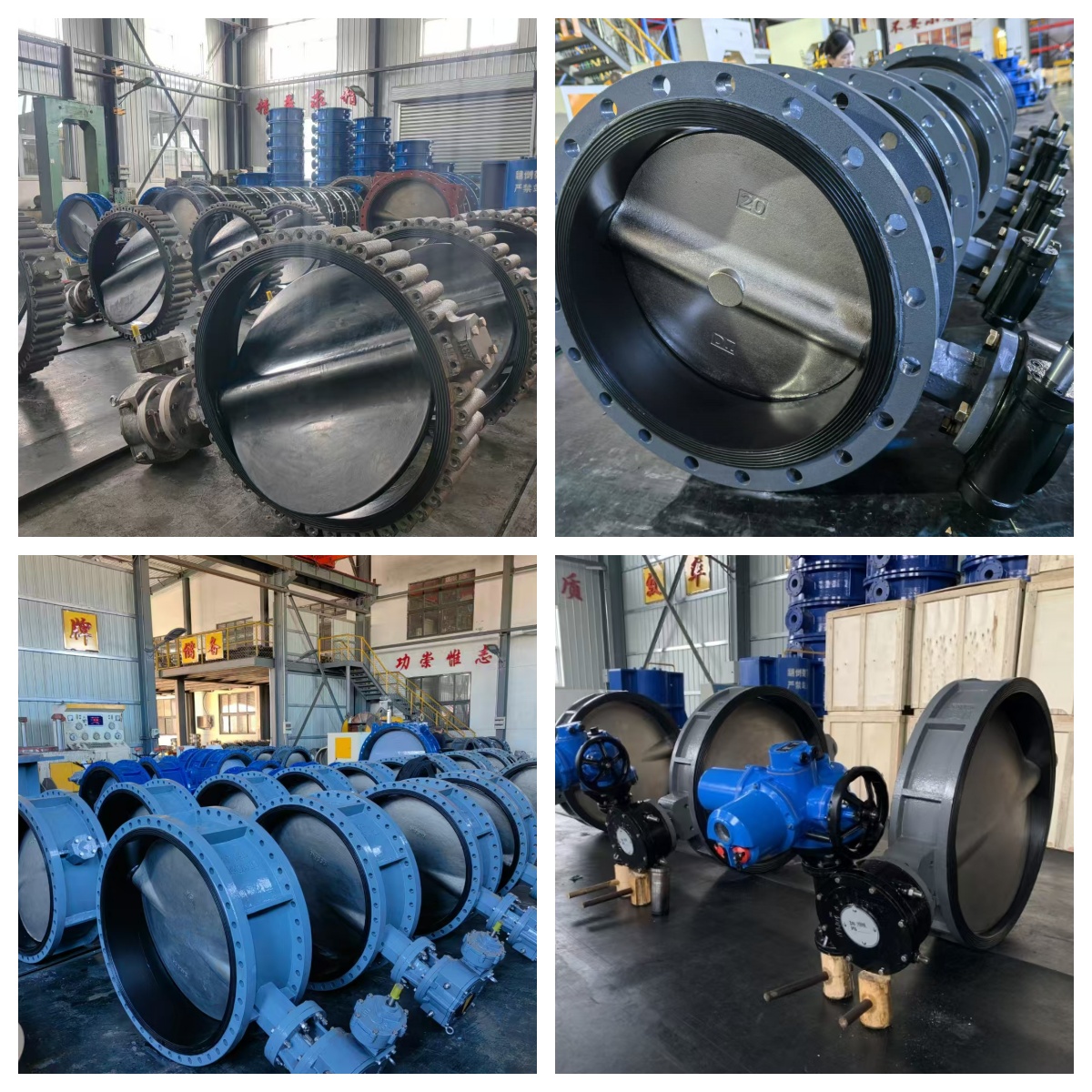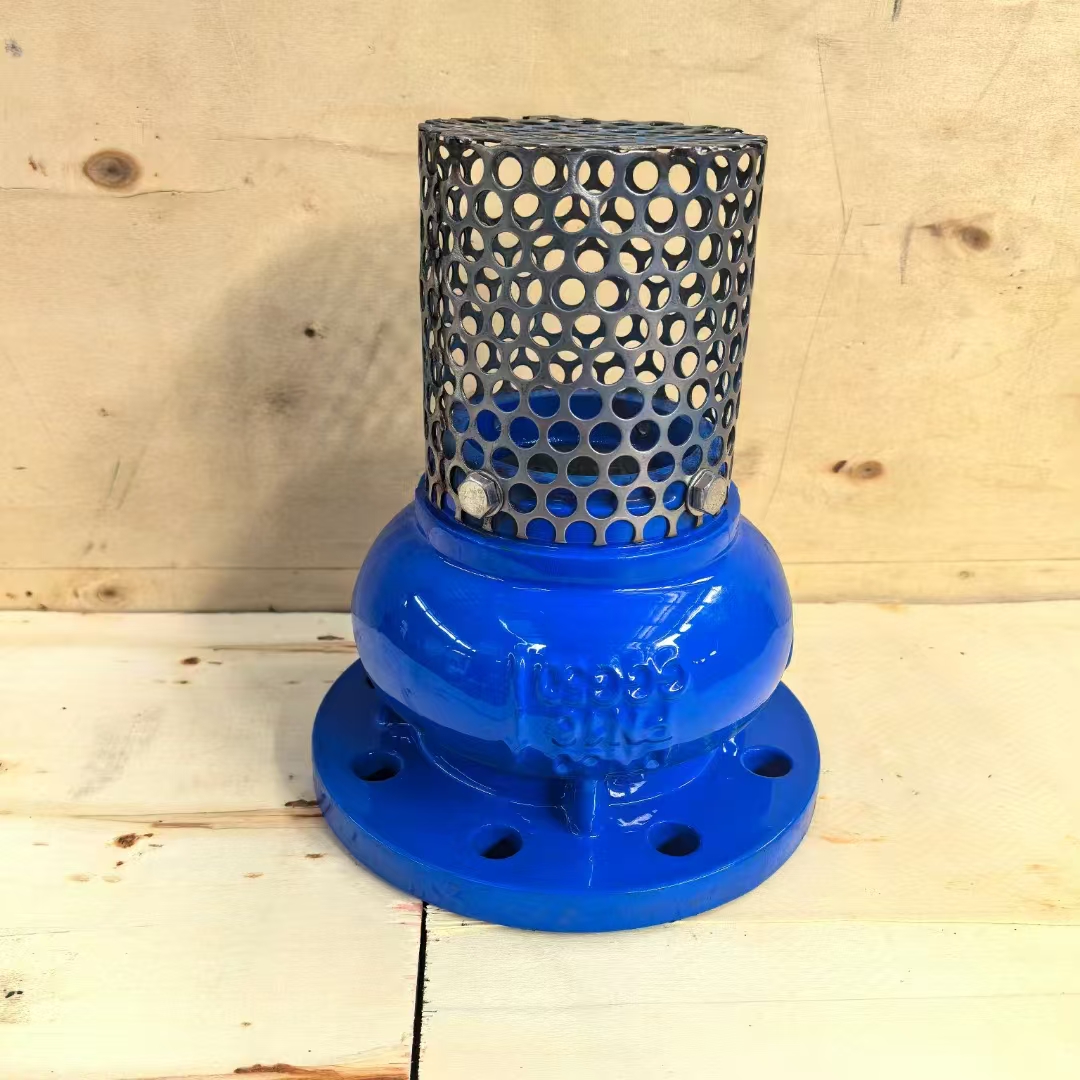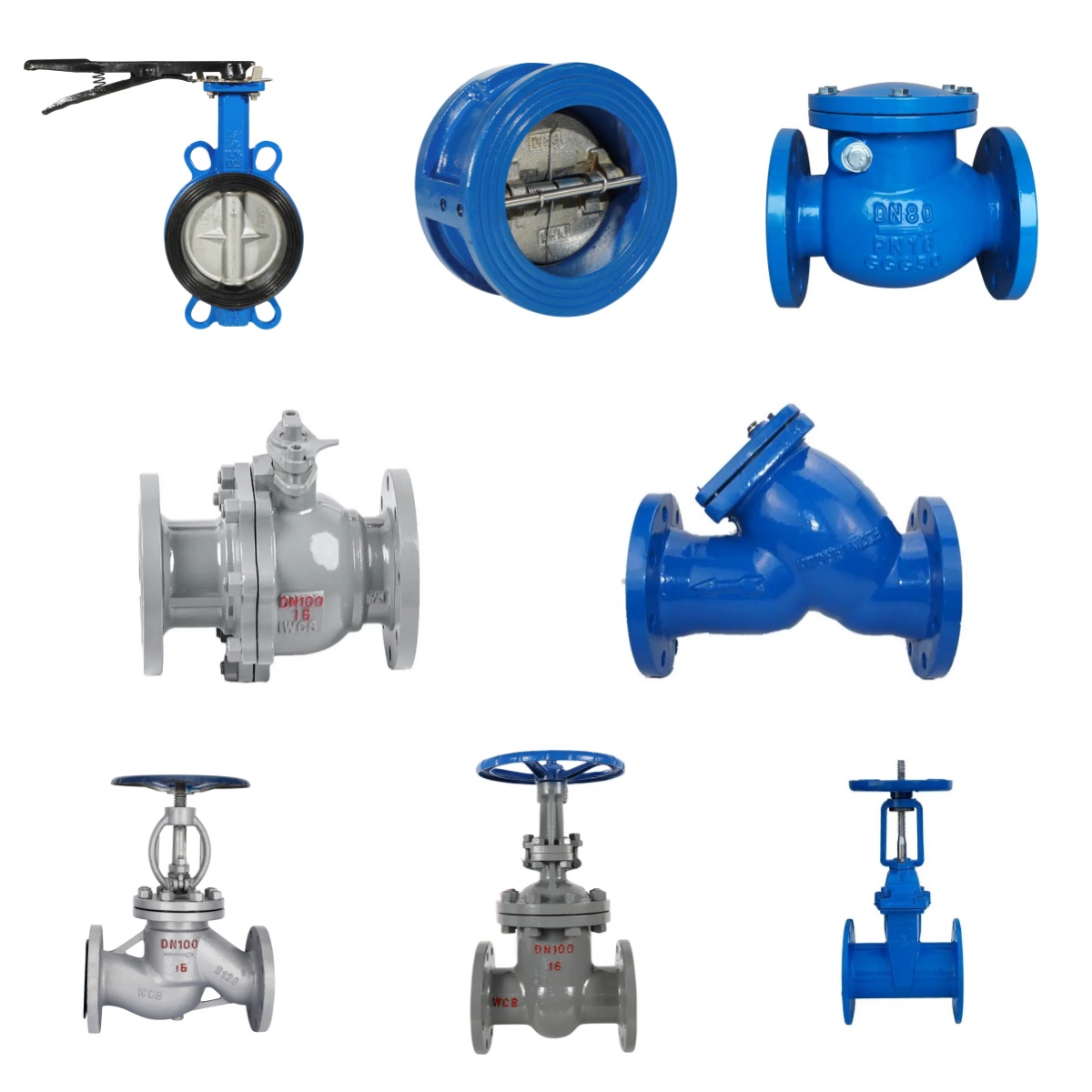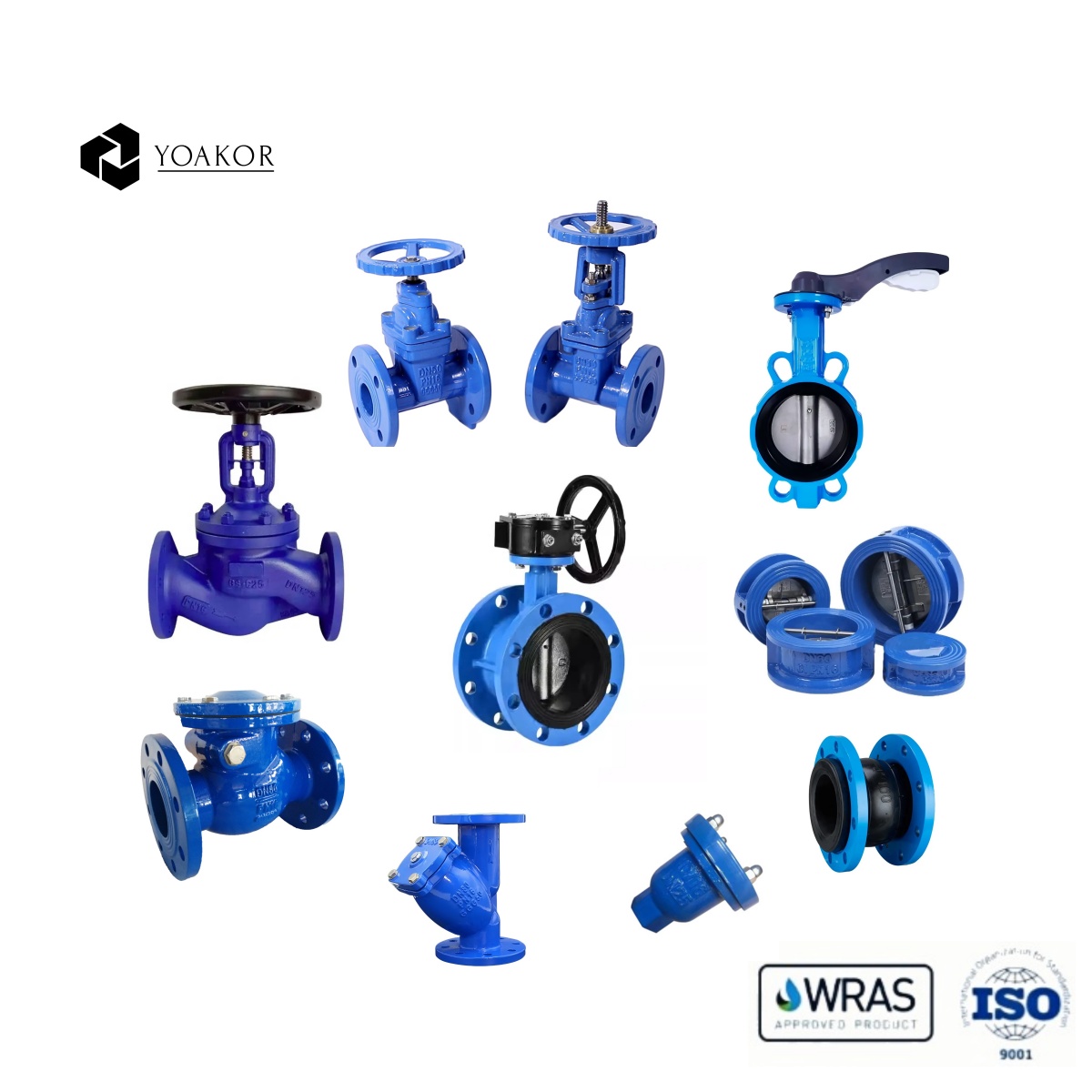Unveiling the mystery of EPDM rubber blooming: in-depth analysis from formula to process
EPDM (ethylene propylene rubber) is widely used in automobiles, construction, electronics and seals due to its excellent weather resistance, oxidation resistance and electrical insulation properties. However, EPDM rubber products often experience "blooming" during storage or use, that is, a layer of white or yellow substances precipitate on the surface. This phenomenon not only affects the appearance, but may also have a negative impact on performance. Therefore, in-depth analysis and research on the causes of EPDM rubber blooming is of great significance to improving product quality. The following will be discussed in detail from multiple aspects such as chemical composition, additive effects, processing technology, and environmental factors.
1. Definition and manifestation of bloomingBlooming refers to the phenomenon that a layer of precipitates appears on the surface of rubber products during production, storage or use. These precipitates are often low molecular weight substances that migrate to the surface due to their low compatibility with the rubber matrix or the influence of the external environment. The blooming substances of EPDM rubber mainly include vulcanizers, antioxidants, plasticizers, fillers and other additives. The specific blooming substances depend on the formula system. The manifestations of blooming mainly include the following: - White bloom: usually the precipitation of inorganic fillers or antioxidants such as zinc oxide and calcium carbonate. - Yellow bloom: generally the oxidation product of phenolic compounds such as antioxidants and plasticizers in rubber. - Oily bloom: commonly seen in formulations using liquid plasticizers or softeners, these substances form oily or waxy blooms on the rubber surface. Different blooming forms and components point to different blooming mechanisms, so understanding the chemical properties and migration behavior of each blooming component is the key to exploring the causes of blooming.
2. The effect of the chemical structure of EPDM rubber on blooming EPDM rubber is a ternary copolymer rubber containing ethylene, propylene and a small amount of diene (usually ethylidene norbornene, ENB), which is a non-polar rubber. Its extremely low polarity usually causes compatibility problems when mixed with polar additives or additives, causing some low molecular weight substances to gradually migrate to the surface during storage or use. Due to the low structural polarity of EPDM rubber segments, it has poor compatibility with certain additives. In particular, some high-polarity antioxidants, softeners and other additives can only exist in the rubber in a physically dispersed manner, and are easily affected by temperature changes or environmental factors and migrate to the surface. In addition, when a small amount of diene bonds in EPDM are not completely cross-linked during the vulcanization process, some low-molecular compounds that do not participate in the vulcanization may be generated, further promoting the formation of blooming. 3. Selection of additives and blooming in formula design In the formulation design of EPDM rubber, various additives are usually added to improve its processing performance, mechanical properties and aging resistance. Common additives include antioxidants, plasticizers, vulcanizers and fillers. The type, dosage and dispersibility of these additives directly affect the blooming phenomenon.
3.1 The impact of antioxidants Antioxidants are used to prevent oxidative degradation of rubber during processing and use, but under high temperature, ultraviolet radiation or other environmental conditions, antioxidants may migrate to the rubber surface to form blooming. The molecular weight and polarity of antioxidants have a greater impact on blooming. Generally, antioxidants with lower molecular weight are more likely to bloom. For example, some phenolic and amine antioxidants are easy to migrate in rubber, and their migration rate increases with increasing temperature.
3.2 Effect of plasticizers and softeners In order to improve the flexibility and low temperature resistance of EPDM, plasticizers or softeners are usually added. The non-polar properties of EPDM rubber determine its poor compatibility with polar plasticizers (such as phthalates), which will gradually precipitate in rubber to form oily or waxy blooms. In addition, excessive use of plasticizers will also lead to more blooming problems. Therefore, the type and amount of plasticizers must be controlled during formulation design to avoid blooming.
3.3 Vulcanizers and vulcanization systems EPDM rubber usually uses sulfur or peroxide vulcanization systems. In sulfur vulcanization systems, excessive sulfur use or uneven dispersion can easily form white bloom on the rubber surface. In addition, the choice of vulcanization accelerator will also affect the blooming, especially under high temperature storage conditions, the incompletely reacted vulcanization accelerator may migrate to the surface to form blooming. Therefore, the selection and dosage of vulcanizer and accelerator in the formula should be carefully balanced.
3.4 Effect of fillers Adding fillers such as calcium carbonate and talcum powder to EPDM rubber can enhance the mechanical properties and aging resistance of rubber. However, some fillers have poor dispersibility or high surface activity and may migrate to the surface in high temperature and high humidity environments, especially those with small particle size and high surface energy, which are more likely to cause blooming. In addition, excessive filler dosage will also increase the possibility of blooming.
4. Effect of processing technology on blooming In the rubber processing process, the mixing and vulcanization process has a significant impact on the blooming phenomenon. The following are some key factors:
4.1 Mixing process During the mixing process, the uneven dispersion of the additives will cause some low molecular weight components in the rubber formula to be enriched in local areas, which are easy to migrate to the surface to form blooming during subsequent use. In addition, too high mixing temperature or too long mixing time may cause the decomposition of additives in the rubber and generate low molecular weight compounds, further increasing the possibility of frosting.
4.2 Vulcanization process Vulcanization temperature and vulcanization time have a direct impact on the frosting phenomenon of EPDM rubber. Too high vulcanization temperature may cause the decomposition of vulcanizers or accelerators, while too short vulcanization time will lead to incomplete vulcanization and the generation of incompletely reacted vulcanization additives, which will migrate to the rubber surface to form frosting during storage. Therefore, choosing appropriate vulcanization conditions plays an important role in reducing frosting.
5. The impact of environmental factors on frosting The storage and use environment of rubber products also has a significant impact on the frosting phenomenon. In particular, changes in temperature and humidity will aggravate the migration behavior of additives.
5.1 Temperature Temperature is an important factor affecting frosting. Higher temperatures will accelerate the migration of low molecular weight substances in rubber to the surface. Especially for EPDM products stored or used at high temperatures, the frosting phenomenon is more obvious. Therefore, in the formulation design and storage process of EPDM rubber, high temperature environment should be avoided as much as possible.
5.2 Humidity Humidity has a significant effect on the blooming of fillers in rubber, especially some hydrophilic inorganic fillers such as calcium carbonate. In a high humidity environment, these fillers are more likely to condense into white frost on the rubber surface. In order to reduce the impact of humidity, some surface treatment technologies can be used to reduce the hydrophilicity of the filler, thereby slowing down the blooming phenomenon.
5.3 Light UV irradiation will accelerate the decomposition of antioxidants or plasticizers in rubber, thereby producing some low molecular weight oxidation products, which may migrate to the surface to form blooming. Therefore, when EPDM rubber products are used outdoors, light stabilizers should be added to their formula to slow down the effect of light on blooming.
6. Measures to prevent blooming The following measures can be taken to prevent the causes of EPDM rubber blooming:
1. Optimize formula design: select antioxidants and plasticizers with larger molecular weight and lower migration, and control their dosage to avoid excessive use of additives.
2. Improve the compatibility of additives: Reduce the blooming problem caused by polarity differences through surface treatment or selection of more compatible additives. For example, the surface of inorganic fillers can be modified to increase their compatibility with rubber.
3. Reasonable control of processing technology: During the mixing and vulcanization process, strictly control the temperature and time to ensure uniform distribution of additives and minimize unreacted low molecular weight vulcanization products.
4. Optimize storage and use conditions: Store EPDM rubber products in a low temperature and dry environment as much as possible, and avoid long-term exposure to high temperature, high humidity and ultraviolet light.
5. Use frosting inhibitors: Introducing a small amount of frosting inhibitors into the formula can effectively reduce the frosting phenomenon, but attention should be paid to its impact on other properties of rubber.
The frosting phenomenon of EPDM rubber is a complex multi-factor problem involving the structural characteristics of the rubber matrix, the selection of additives in the formula, the control of the processing technology, and the impact of the storage and use environment. In order to solve the frosting problem, it is necessary to carry out systematic optimization in terms of formula design, process control and environmental management. By in-depth research on the mechanism and influencing factors of frosting, the frosting problem of EPDM rubber products can be effectively reduced, thereby improving its application performance and market competitiveness.








